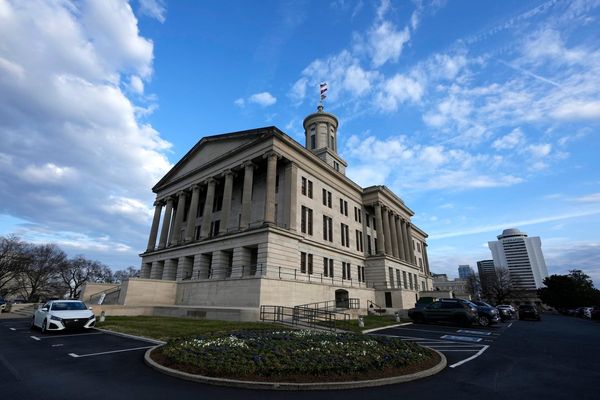Kerala has a lot to learn from the mini-flash flood triggered by overnight extreme heavy rainfall in Thiruvananthapuram on Saturday midnight.
Though various agencies are engaged in a blame game, including Ministers for the alleged failure of the India Meteorological Department (IMD) to issue a warning in advance, the flash flood literally exposed the chinks in the disaster preparedness of urban areas in the State, as a good number of regions that witnessed the latest urban flooding in the capital were close to newly built-up areas or areas that were not listed in the flood hazard map of the Kerala State Disaster Management Authority (KSDMA).
First and foremost, the flash flood was a result of an extreme precipitation of 211.4 mm rain, recorded in the ordinary rain gauge of the IMD set up in Thiruvananthapuram city in the 24-hour period ending at 8.30 a.m. on Sunday. The rain recorded on the previous days at the same station during the 24-hour period was 21.4 mm (Saturday), 4.6 mm (Friday), and 12.5 mm (Thursday). This clearly shows that the soil was not oversaturated with rain water due to the rains on the previous days.
In a normal scenario, rainwater from Thiruvananthauram city has to be drained into the sea through the Amayizhanchan Canal at Kannamoola, which leads to Akkulam Lake, from where the water drains into the Arabian Sea through Veli Pozhi (estuary). A senior bureaucrat who was part of the Operation Anantha project, a flood mitigation project in the city, said the final component of the project was constructing a breakwater at Veli to ensure the round-the-year flow of excess water from the Akkulam Lake to the Sea. Also, the saline water which comes into the lake during high tide will also eliminate the weed infestation in the lake.
However, the project was sabotaged at the last minute in the wake of pressure from the local community at Veli. Though the local pressure group cited reasons such as the threat to the marine ecosystem caused by chemical effluents and plastic waste from the city, the actual reason was that they feared that the construction of a groyne or breakwater may trigger coastal erosion on one side of the structure, which eventually may gnaw away a portion of the land nearby. The State government had even floated a tender for constructing the structure at a cost of ₹10 crore by Harbour Engineering department, but the project didn’t make any headway following pressure from the local community, said the bureaucrat.
Second, the built-up area in the city has exponentially increased in the last couple of decades. When the first urban drainage master plan was drafted in 1932, the city had a population of just one lakh, which now reached around 10 lakhs, apart from a daily floating population of three lakhs.
The substation at Kazhakuttam and a major portion of the phase three campus of Technopark that witnessed severe flooding, were set up after reclaiming marshy land. When there was no provision for the water to drain into the sea immediately after the rain, naturally it would lead to flash urban flooding, said a senior KSDMA official. “We have to digitally map the land use changes in the urban landscapes across the State at least once in three years to avoid such flooding. Also, the latest incident underscores the need to protect remaining wetland or marshy lands in the cities,” he said.







